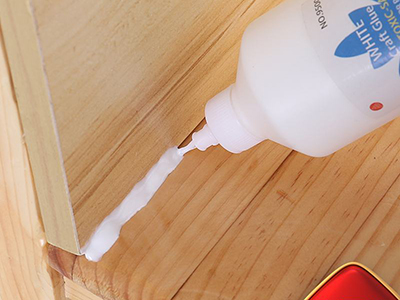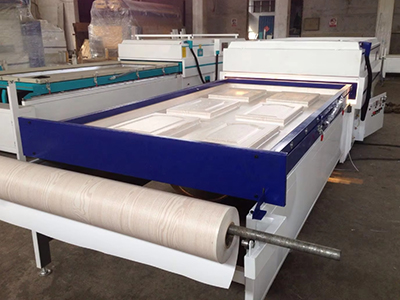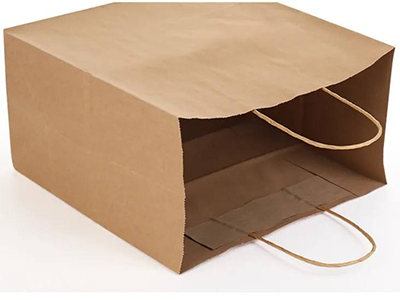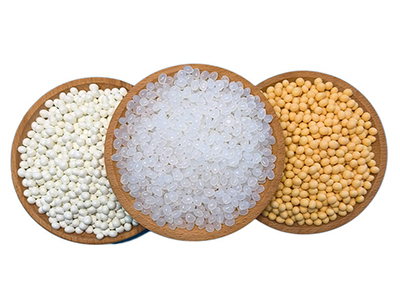Introduction:
Two-component adhesive, also known as two-part adhesive or dual-component adhesive, is a specialized type of adhesive that consists of two distinct components that are mixed together before application. This unique formulation offers remarkable bonding capabilities, making it a preferred choice for applications that require high strength, durability, and precise control. In this article, we will delve into the intricacies of two-component adhesive, shedding light on its composition, advantages, and diverse applications across various industries.
Understanding Two-Component Adhesive:
1. Composition:
– Two-component adhesive comprises two separate components: a resin and a hardener (or catalyst). These components remain inert when stored separately.
– When the resin and hardener are mixed in the correct proportions, a chemical reaction is initiated, leading to the formation of a strong and durable bond.
2. Mixing and Curing:
– The mixing process activates the adhesive, triggering a curing reaction. This reaction can involve polymerization or cross-linking, which results in the hardening and solidification of the adhesive.
– The curing process may occur at room temperature or require elevated temperatures, depending on the specific adhesive formulation.
3. Advantages of Two-Component Adhesive:
– Exceptional Bond Strength: Two-component adhesive offers unparalleled bonding strength, making it suitable for heavy-duty applications and load-bearing structures.
– Durability: The cured adhesive is resistant to impact, chemicals, temperature fluctuations, and other environmental factors.
– Gap Filling: Two-component adhesive can fill gaps and irregularities between substrates, creating a robust bond even in challenging conditions.
– Customization: By adjusting the proportions of resin and hardener, users can control the adhesive’s properties, such as curing time and flexibility.
4. Applications of Two-Component Adhesive:
– Automotive Industry: Structural bonding of metal parts, panel assembly, and composite material bonding.
– Aerospace Sector: Bonding aircraft components, sealing joints, and attaching interior elements.
– Construction: Concrete repair, bonding of dissimilar materials, and anchoring.
– Electronics: Potting and encapsulation of sensitive components.
5. Professional Application:
– Due to the precise mixing and curing requirements, the application of two-component adhesive often requires specialized equipment or dispensing systems.
– Proper mixing ratios and thorough application are crucial for achieving optimal bond strength and performance.
Conclusion:
Two-component adhesive stands as a remarkable example of advanced adhesive technology, offering unmatched bond strength, durability, and versatility. By combining separate resin and hardener components, users activate a chemical reaction that results in a robust and long-lasting bond. This adhesive is a critical asset in industries that demand exceptional bonding capabilities for diverse applications.
Understanding the chemistry and advantages of two-component adhesive empowers industries to make informed choices, optimizing their processes, and ensuring reliable and enduring bonds in critical applications.






